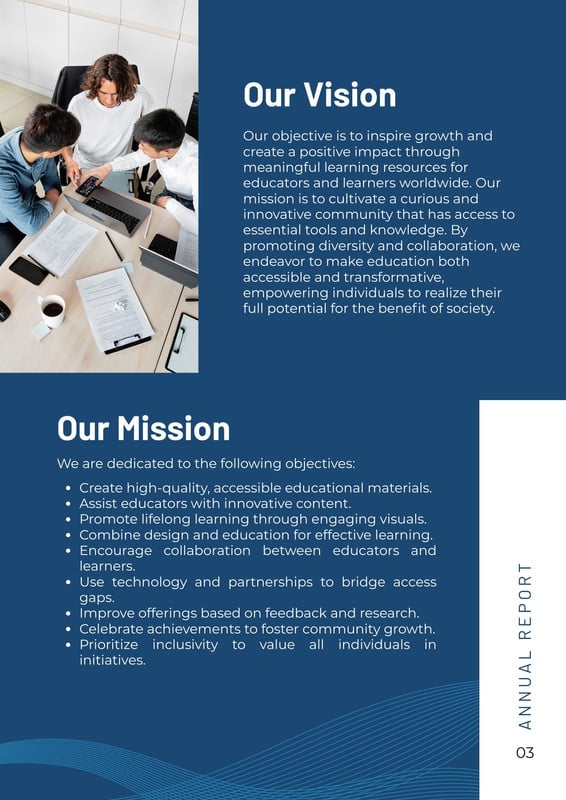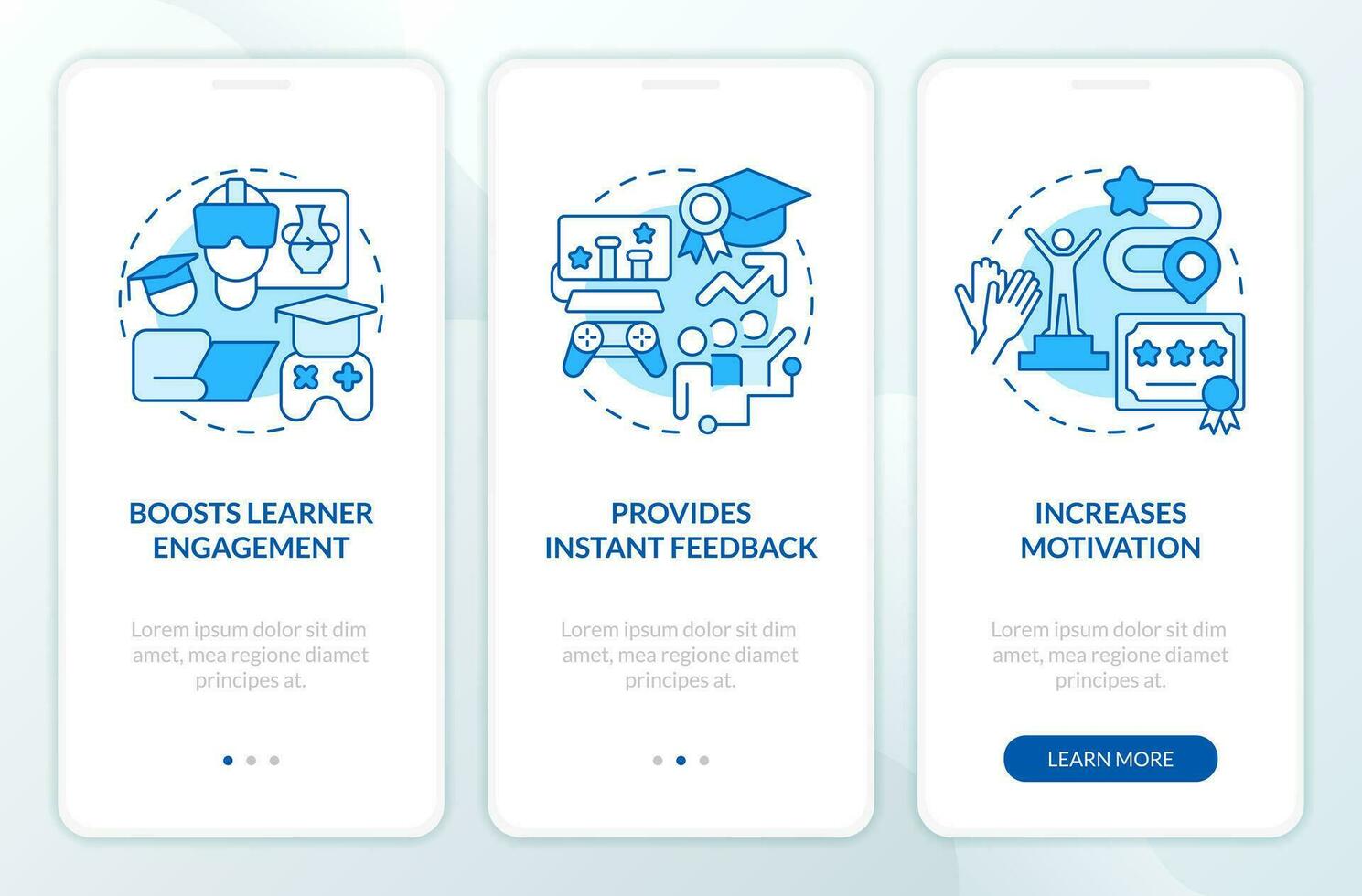Best Practices for Assessing Child Development in Early Childhood Education



- Identify individual strengths and weaknesses.
- Inform individualized learning plans.
- Track progress over time.
- Detect potential developmental delays.
- Facilitate early intervention strategies.
Assessment Purpose | Benefits |
|---|---|
Identify Strengths | Allows educators to build upon existing skills. |
Address Weaknesses | Provides targeted support to areas needing improvement. |
Track Progress | Monitors developmental milestones and growth. |
Early Intervention | Enables timely support for potential delays. |
Assessment Purpose | Benefits |
|---|---|
Identify Strengths | Allows educators to build upon existing skills. |
Address Weaknesses | Provides targeted support to areas needing improvement. |
Track Progress | Monitors developmental milestones and growth. |
Early Intervention | Enables timely support for potential delays. |

- Use authentic, embedded assessments.
- Employ a variety of assessment methods.
- Focus on both process and product.
- Involve families in the assessment process.
- Ensure assessments are culturally and linguistically appropriate.
Assessment Method | Description | Benefits |
|---|---|---|
Observation | Watching children in natural settings. | Provides authentic data and insights into behavior. |
Portfolios | Collecting samples of a child's work over time. | Showcases progress and areas of growth. |
Checklists | Using pre-determined criteria to assess skills. | Offers a structured and efficient way to track development. |
Anecdotal Records | Writing brief notes about specific incidents. | Captures unique moments and provides valuable context. |
Assessment Method | Description | Benefits |
|---|---|---|
Observation | Watching children in natural settings. | Provides authentic data and insights into behavior. |
Portfolios | Collecting samples of a child's work over time. | Showcases progress and areas of growth. |
Checklists | Using pre-determined criteria to assess skills. | Offers a structured and efficient way to track development. |
Anecdotal Records | Writing brief notes about specific incidents. | Captures unique moments and provides valuable context. |

- Cognitive Development: Problem-solving, memory, and critical thinking.
- Social-Emotional Development: Relationships, emotional regulation, and social skills.
- Physical Development: Gross and fine motor skills.
- Language Development: Understanding and using language effectively.
Developmental Area | Key Skills | Assessment Examples |
|---|---|---|
Cognitive | Problem-solving, memory, critical thinking | Puzzles, sorting activities, memory games |
Social-Emotional | Emotional regulation, empathy, social interaction | Observation during play, social stories, group activities |
Physical | Gross motor skills, fine motor skills | Running, jumping, drawing, building with blocks |
Language | Vocabulary, grammar, comprehension | Storytelling, conversations, reading aloud |
Developmental Area | Key Skills | Assessment Examples |
|---|---|---|
Cognitive | Problem-solving, memory, critical thinking | Puzzles, sorting activities, memory games |
Social-Emotional | Emotional regulation, empathy, social interaction | Observation during play, social stories, group activities |
Physical | Gross motor skills, fine motor skills | Running, jumping, drawing, building with blocks |
Language | Vocabulary, grammar, comprehension | Storytelling, conversations, reading aloud |

- Build strong relationships with children.
- Use positive language and encouragement.
- Involve families in the assessment process.
- Ensure assessments are culturally sensitive.
- Provide ongoing feedback to children and families.
Element | Description | Benefits |
|---|---|---|
Positive Relationships | Building trust and rapport with children | Increases comfort and reduces anxiety during assessment |
Family Involvement | Collaborating with parents and caregivers | Provides valuable insights and supports a holistic view |
Clear Communication | Explaining the purpose of assessment to children and families | Enhances understanding and reduces misunderstandings |
Culturally Sensitive Practices | Adapting assessments to reflect cultural backgrounds | Ensures fairness and relevance |
Element | Description | Benefits |
|---|---|---|
Positive Relationships | Building trust and rapport with children | Increases comfort and reduces anxiety during assessment |
Family Involvement | Collaborating with parents and caregivers | Provides valuable insights and supports a holistic view |
Clear Communication | Explaining the purpose of assessment to children and families | Enhances understanding and reduces misunderstandings |
Culturally Sensitive Practices | Adapting assessments to reflect cultural backgrounds | Ensures fairness and relevance |








